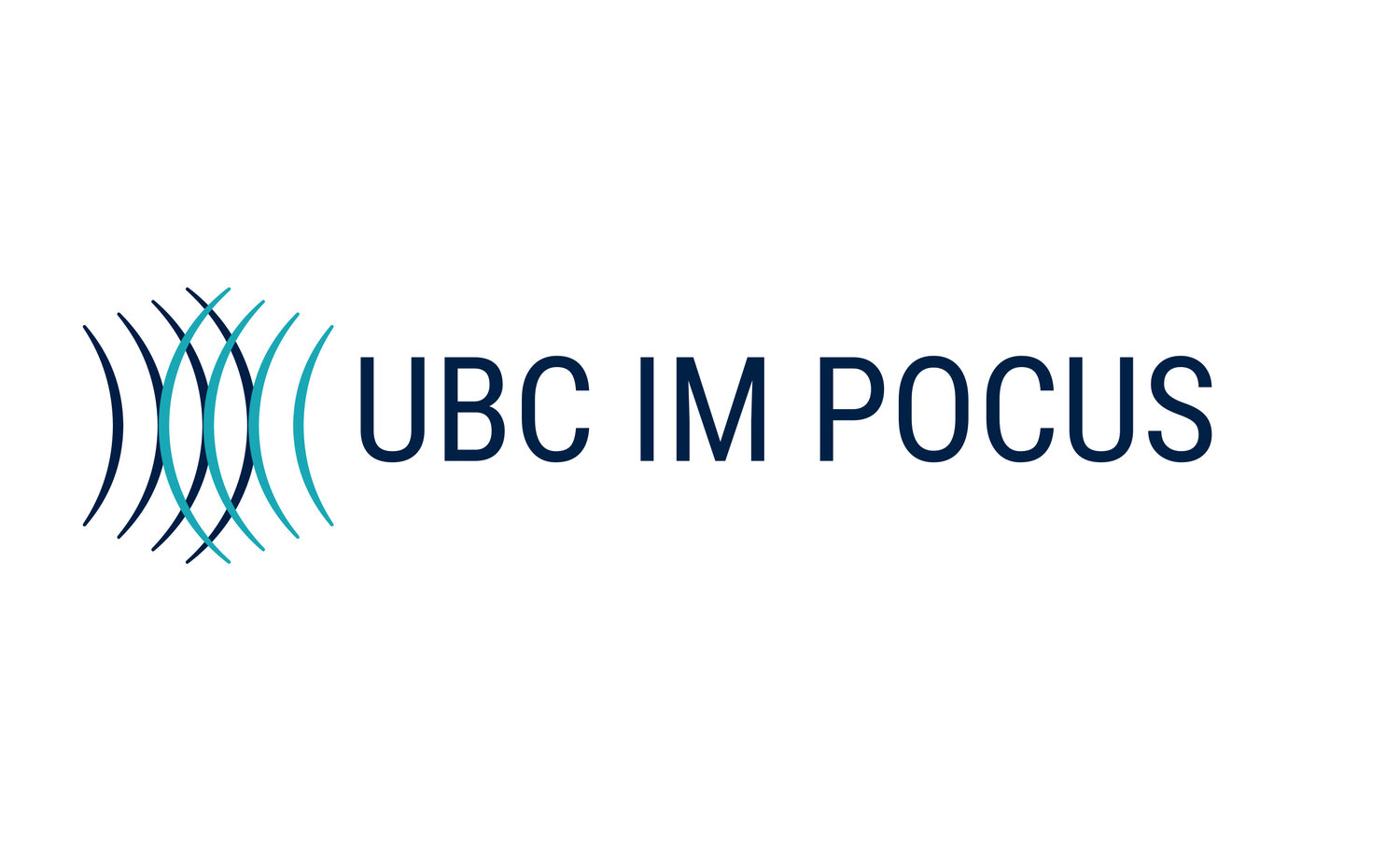Hone your POCUS interpretation and clinical reasoning by working through the interactive case below.
Case #16: Plexus, pectus, and rectus - oh my!
Mr E is a 36M with past medical history of depression/anxiety, and non-ischemic dilated cardiomyopathy (EF 14%) likely secondary to stimulant use (cocaine/meth). Recently admitted 1 month ago for cardiogenic shock and CHF, and discharged with furosemide 80mg daily, spironolactone 12.5mg daily, dapagliflozin 10mg daily, bisoprolol 1.25mg daily, and valsartan 20mg daily.
He presented to hospital with increasing dyspnea and was admitted for acute decompensated heart failure secondary to medication non-adherence.
ECG showed sinus tachycardia at a rate of 115. O2 saturation 97% on room air. Na+ 137, K+ 4.5, HCO3- 24, Cr 55. ALT 182, ALP 230, GGT 111. Albumin 36. Troponin 13. BNP 7120.
CXR on Admission
Last Echo REPORT - 1 Month Prior
No valvular vegetation.
Severely dilated LV with severely decreased LVEF. Biplane Simpson's LVEF = 20 %.
Regional LV wall motion abnormalities present.
No LV thrombus.
Mildly dilated RV and dilated RV by linear dimension. Mildly decreased RV systolic function.
LA severely dilated by volume index.
RA dilated by volume index.
Malcoapting tricuspid valve.
Severe tricuspid regurgitation.
Mildly elevated PASP: 40 mmHg.
Pleural effusions.
Ascites present.
Case Continued
He was started on aggressive IV diuresis.
Day 1 - 40mg IV BID furosemide
Day 2 - 60mg IV BID furosemide
Day 3 - 40mg IV TID furosemide
Unfortunately, the patient sporadically left the unit/hospital for long periods of time (up to 2 days), resulting in missed diuretic doses. The POCUS team was consulted to advise on diuretic dosing.
IVC Scan
Case Continued
IVC is dilated >2 cm and circular.
Thus a Venous EXcess Ultrasound (VExUS) scan is performed.
For those who are unfamiliar on what a VExUS scan entails, we highly encourage you to watch the following video before proceeding on with this case.
Hepatic Vein Assessment
Portal Vein Assessment
Renal Vein Assessment
Case Continued
Given severe venous congestion, POCUS recommended to continue aggressive IV diuresis. His portal vein is reassessed a few days later.
Case Continued
Patient continues to receive aggressive IV diuresis.
He is reassessed approximately 1 week later. Tachycardia has resolved and his dyspnea has improved. IVC still measures 2.3cm, round, with minimal collapse on sniff test.
Portal Vein Doppler
Hepatic Vein Doppler
VExUS Caveats
1. VExUS cannot differentiate between pressure overload and volume overload
2. In patients with advanced cirrhosis, the portal vein waveforms may not reflect RAP, and may appear non-pulsatile despite venous congestion.
3. There is no data to support use of VExUS scan in patients who have received liver and kidney transplants












